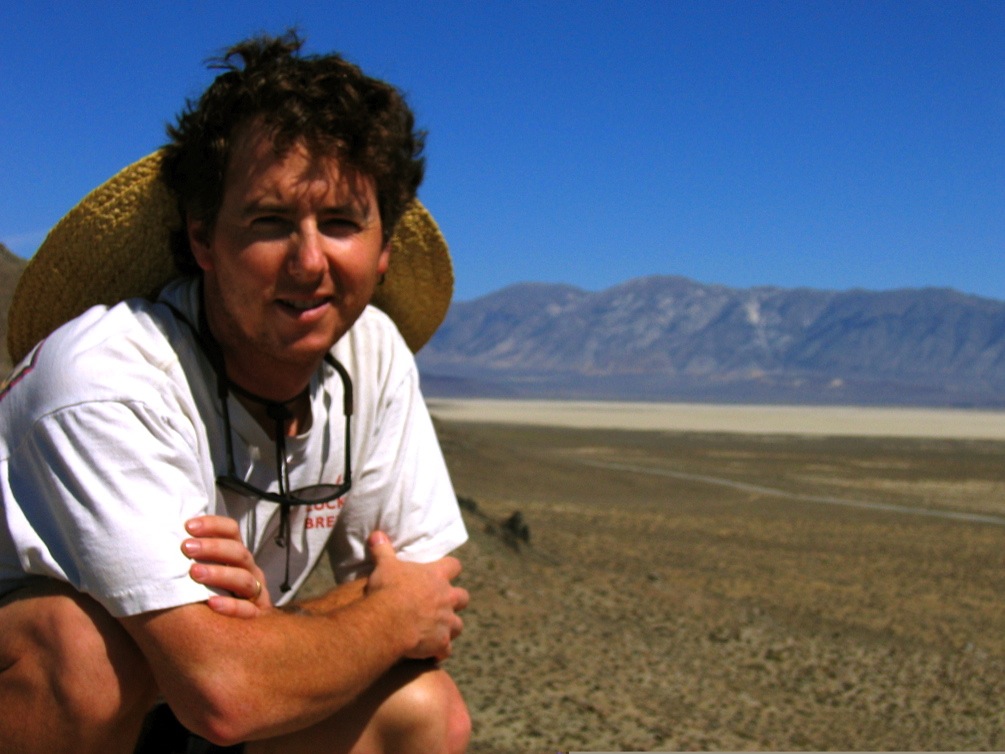

|
Nevada Geodetic Laboratory Some of Bill's Interests:
|

|
Courses
Also Cool |

|
Research Profiles and Publication Lists |

|
The mountains of the Basin and Range were created in response to slow distributed province-wide tectonic extension that broke the Earth's crust along fault lines. Cumulative displacement along these faults over long periods of time built, and is still building, topographic relief, i.e. the valleys and ranges of the Province. Earthquakes associated with the infrequent slip on these faults generate the seismicity felt by people who live in the Great Basin and Sierra Nevada.
In my research I precisely measure this active crustal deformation using geodetic techniques such as the Global Positioning System (GPS) and Interferometric Synthetic Aperture Radar (InSAR). From these measurements I infer the style and distribution of Earth surface deformation that is a direct consequence of continent-scale tectonic processes. My main interest is in relating these motions to the organization of seismogenic faulting, and inferring the source of stresses in the lithosphere. With geodesy we can better understand the processes that control gradual deformation of the western U.S. continental interior, and hence better understand the physics of Earth deformation and the source of potentially damaging earthquakes.










